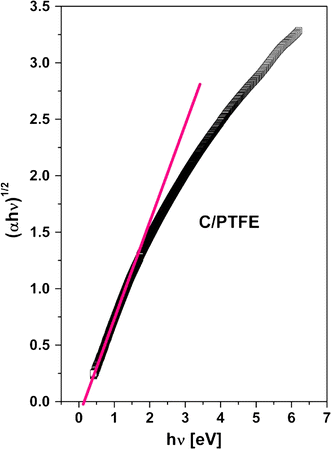 Potential application of flash-deposited carbon layers depends crucially on their mechanical properties. For applications in electron microscopy the layer thickness, homogeneity and electrical conductivity are of utmost importance. Interaction with living cells was recently found to depend on chemical composition, polarity and electrical conductance of carbon layer.
Potential application of flash-deposited carbon layers depends crucially on their mechanical properties. For applications in electron microscopy the layer thickness, homogeneity and electrical conductivity are of utmost importance. Interaction with living cells was recently found to depend on chemical composition, polarity and electrical conductance of carbon layer.
In our previous work it was shown that the thickness of the flash-evaporated carbon layer decreases monotonously with increasing distance between the carbon filament and the substrate. The carbon layers, prepared by the flash deposition, were shown to contain significant fractions of oxygen, hydrogen and amorphous carbon (a-C:H). The carbon deposition results in dramatic decrease of the sheet resistance of the carbon–polymer composite.
The present work is a continuation of our previous study of the properties of the flash-evaporated carbon layers. The temperature dependence of the sheet resistance (Rs) of the carbon layers was studied with the aim to determine mechanism of the charge transport. Also the V–A characteristics were measured and the value of the optical gap (Egopt) determined from UV–Vis spectra.
Keywords: films; GAP
